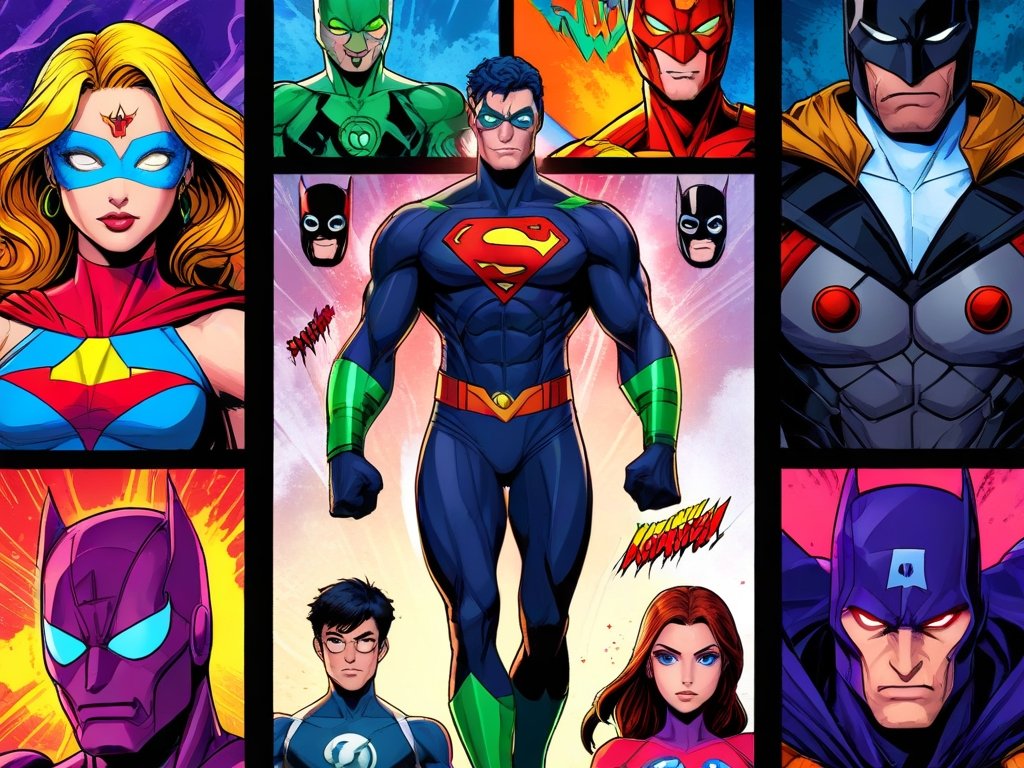Personally, the films that tend to attract the most attention are those that combine compelling storytelling with stunning visuals. Did you know that in recent years, superhero, fantasy, and science fiction movies have always been able to captivate audiences with new offerings? From the film trend that only a few people watched it, it has now become very popular. Additionally, films that address relevant social issues or offer a unique perspective on a familiar genre tend to generate buzz and critical acclaim. For this article, we will take you through the movie genres that received the most attention in each period.
1940’s: The Most Popular Genre is Dramas
Drama films were at their height in the 40’s and 50’s, with a resurgence in the 70’s and early 90’s. When considering the evolution of the industry, this makes sense. Drama in the ’40s and ’50s were noirs and romances. Later on, these film genres will become less common. Similarly, dramas were most popular during and soon after WWII. This coincides with the type of films made at that time – war dramas and romances. In the late ’60s and ’70s, with the grittier New Hollywood movement, dramas were reborn again. Movies like The Graduate and The Deer Hunter not only shook up the industry but also became popular with audiences too. In the 90s there was a slight resurgence as the era of the “indie film” took over, and some of those proved to be very popular. Today, dramas rarely compete with blockbusters in theaters, so they have mostly fallen off the box office charts.
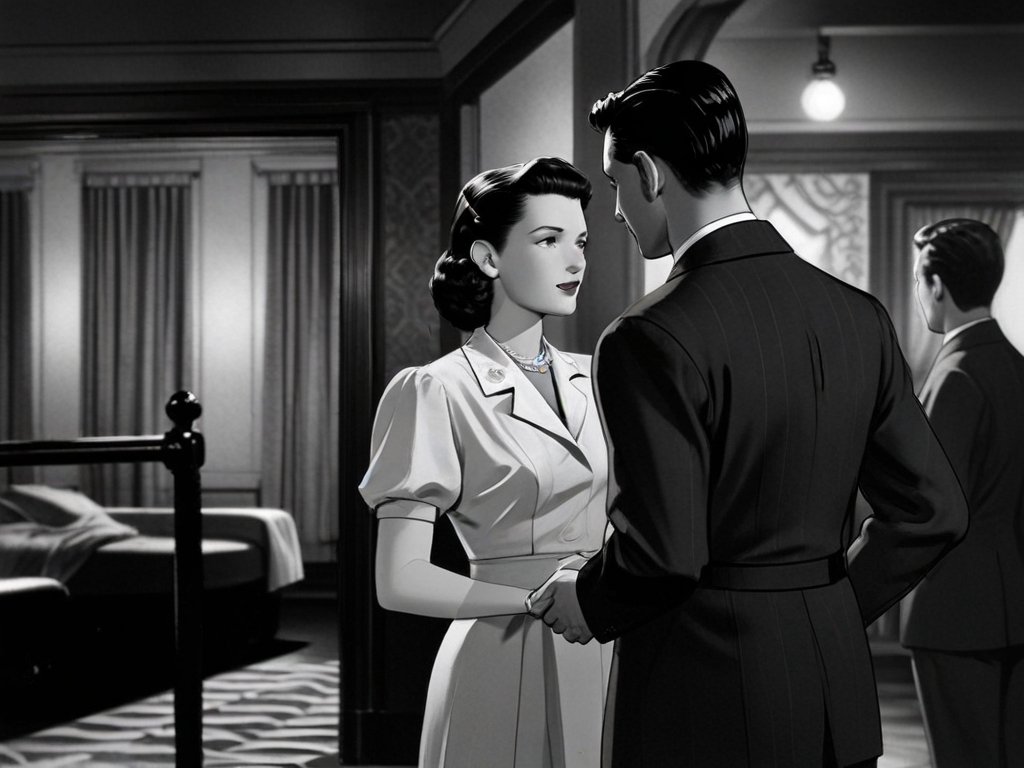
1950’s: The Most Popular Genre is Adventure / Epic Movies
During the Golden Age of Hollywood, epic films were the equivalent of blockbusters. Studios had invested big budgets in them, and audiences were eager to participate in this phenomenon. Many of the epics of the ’40s and ’50s were historical adventures with religious themes. In the ’70s, epic movies dwindled, but in the late ’90s and early 2000s, they experienced a resurgence, introducing iconic fantasy themes to viewers through blockbuster hits like The Lord of the Rings, Harry Potter, and Pirates of the Caribbean. These films proved to be just as popular. Besides the epics of their golden age, only superhero movies have taken their place on the box office throne. Even today, there is still a buzz about this type of movie.

1960’s: The Most Popular Genre is Comedy
Comedy films have been box office heavyweights until recently. They were especially popular from the ’50s to the ’80s. In the 1950s, these films tended to be family-oriented, capitalizing on post-war prosperity. This trend continued into the ’60s. One might think that comedy’s popularity would wane in the ’70s when more serious, realistic films became available. However, Hollywood continued to produce family-friendly movies.
The development of screening formats, scripts, actors, and even engaging illustrations contributed to this trend, causing people to bring their children to the movies. This trend continued in the ’80s despite the arrival of blockbusters. Even in the ’90s, there were many popular comedies. Jim Carrey and Adam Sandler have largely shaped today’s family-friendly cinema niche, which has evolved to include animated and superhero films. This blend of comedy and other genres makes these movies perfectly accessible to all audiences.
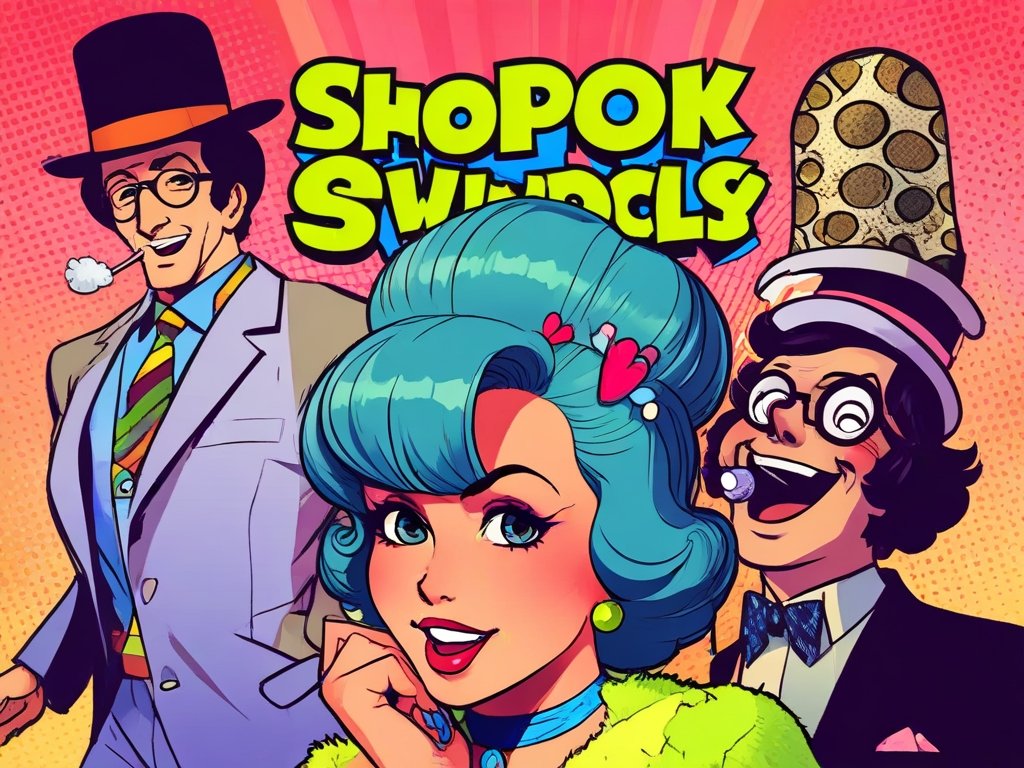
1970’s: The Most Popular Genre is Drama
It was another golden age for drama films, starting in the 1940s, after which every other genre of film was ahead of its time. However, when historical drama films of the 1970s captured the spirit of the era, they combined captivating storytelling with a deep exploration of key moments in history. This decade saw a rapid influx of ambitious and epic historical dramas that sought to both entertain and educate viewers about the past. Consequently, dramatic films became popular again in the 1970s.
One of the most iconic historical dramas of the 1970s is Apocalypse Now (1979), directed by Francis Ford Coppola. Set during the Vietnam War, the film is a harrowing journey into the heart of darkness, exploring the psychological and moral complexities of war through the experiences of its characters. With its stunning visuals, powerful performances, and thought-provoking themes, Apocalypse Now remains a landmark in cinematic history.
![]()
1980’s: The Most Popular Genre is Comedy
There has always been a close parallel between the popularity of drama and comedy. While drama movies received the most attention in the 1960s, comedies became one of the most popular genres in the 1980s. In this vibrant era of cinema, comedy reigned supreme, charming audiences with its humor, wit, and irreverent spirit. Countless iconic comedy films from this dynamic decade continue to delight and evoke laughter, leaving an enduring legacy of entertainment and inspiration.
One of the defining characteristics of comedy in the 1980s was its variety and scope. There was something for everyone, from slapstick comedies to sharp-witted satire. Filmmakers embraced different comedy styles to appeal to various audiences, which made the comedy movie industry extremely popular again.
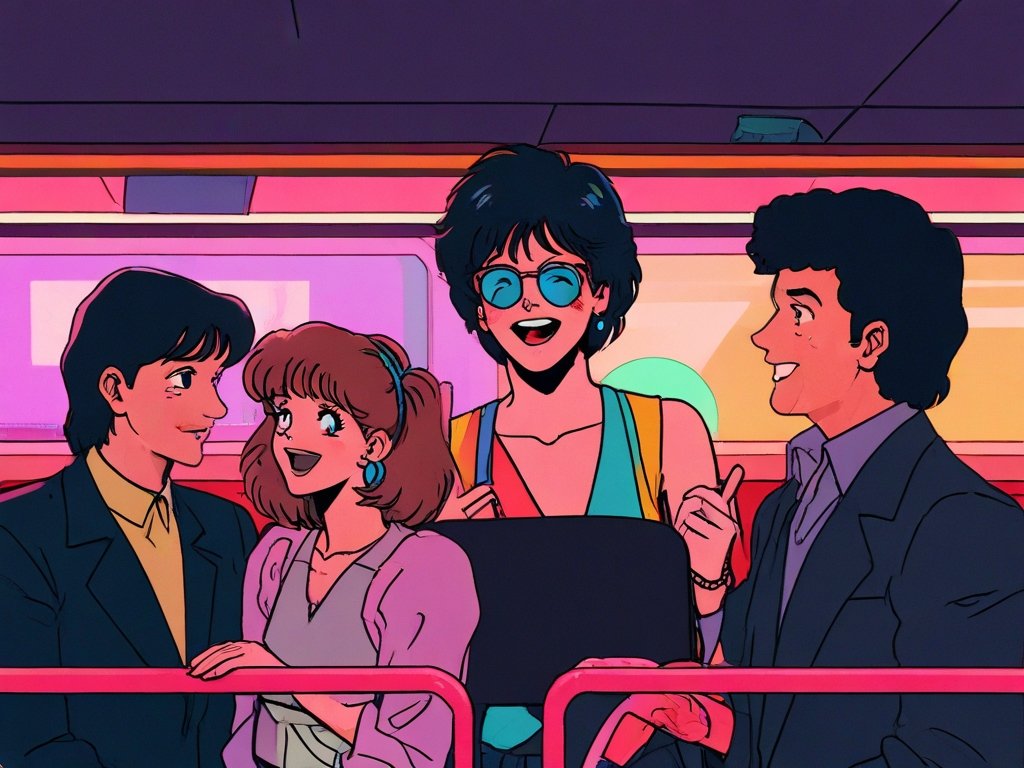
1990’s: The Most Popular Genre is Comedy / Action Movies
Although both comedy and action films were extremely popular in the 1990s, it is difficult to say which genre was more popular overall. Both genres produced many hit movies, and their popularity varied depending on factors such as demographics, cultural trends, and the release timing of each film. However, based on criticisms and comparisons of data from the 1990s, it appears that comedy movies narrowly edged out action films in popularity. As a result, comedy stood out among the drama and action films of the period.
Comedy Movies of the 1990s
The 1990s saw a surge in comedic creativity, with filmmakers exploring various subgenres and styles to bring laughter to audiences around the world. Some notable trends and highlights include:
⦁ Romantic Comedies (Rom-Coms): The 1990s produced many popular romantic comedies that captured the hearts of audiences. Films like “Pretty Woman” (1990), “Notting Hill” (1999), and “You’ve Got Mail” (1998) combined romance with humor, offering feel-good stories and memorable moments. Most romantic comedies leave a lasting impression, allowing audiences to immerse themselves in the roles of fictional characters. This trend of including illustrations or stories within movies became very popular during this time.
⦁ Teen Comedies: Teen comedies remained popular throughout the decade, presenting stories about teenage life that were funny and relatable. Movies like “Clueless” (1995), “10 Things I Hate About You” (1999), and “American Pie” (1999) became instant classics that resonated with audiences of all ages. Creating a teen comedy movie is like opening a new perspective for teenagers who watch movies, often incorporating thoughts or positive attitudes for the audience.
⦁ Slapstick and Physical Comedy: The 1990s also saw a resurgence of slapstick and physical comedy with films such as “Dumb and Dumber” (1994), “Ace Ventura: Pet Detective” (1994), and “The Naked Gun 33⅓: The Final Insult” (1994). These movies created laughs through hilarious jokes and antics. This type of comedy doesn’t have much tension, often mixing in hilarious jokes that make the audience feel so happy that they forget the time.
⦁ Animated Comedy: The 1990s saw a resurgence in animated comedy. Studios like Disney and Pixar produced hit films such as “Toy Story” (1995), “Aladdin” (1992), and “The Lion King” (1994). These films blended humor with engaging, heartwarming storytelling, attracting viewers of all ages. They often spawned sequels, keeping audiences engaged with continuous storylines. Even though there weren’t sequels every year, each new story required viewers to watch previous parts to truly understand the context of the characters. These movies garnered significant attention, appealing to audiences of all genders and ages.

Action movies of the 1990s
The 1990s were also the golden age of action movies. Filmmakers pushed the boundaries of the genre, delivering exciting cinematic experiences. The action movies of this era were realistic, the CGI was not too over the top, and they were fun to watch. Some key features of action movies of the 1990s include:
⦁ Blockbuster Franchises: The 1990s saw the emergence of iconic action film franchises that would dominate the decade and beyond. Movies such as “Die Hard 2” (1990), “Terminator 2: Judgment Day” (1991), and “The Matrix” (1999) revolutionized the action genre, raising the bar for spectacle and excitement. This brand of action film enjoyed immense popularity both internationally and in Thailand, effectively conveying the characters’ perspectives and making the audience feel like they were part of the journey.
⦁ Action Buddy Movies: Action buddy movies became more popular in the 1990s, pairing charismatic leads in high-octane adventures. Movies like “Lethal Weapon 3” (1992), “Bad Boys” (1995), and “Rush Hour” (1998) fused heart-pounding action with electrifying chemistry among their leads, immersing audiences in the pulse-pounding atmosphere of the film. These movies often featured more than one prominent character, enhancing their appeal.
⦁ Martial Arts Movies: The 1990s were particularly popular for martial arts movies, thanks in part to the success of actors like Jackie Chan, Jet Li, and Jean-Claude Van Damme. Films such as “Rumble in the Bronx” (1995), “Fist of Legend” (1994), and “Bloodsport” (1988) showcased amazing martial arts choreography and intense action sequences. The main actors often underwent intensive training to achieve authenticity, reflecting a dedication to realism that captivated many enthusiasts.
⦁ Sci-fi Action: Sci-fi action movies flourished in the 1990s, combining futuristic settings with adrenaline-pumping action. Blockbusters like “Independence Day” (1996), “Men in Black” (1997), and “Starship Troopers” (1997) thrilled audiences with their grand scale and state-of-the-art special effects. These films created immersive experiences with meticulously crafted futuristic gadgets, advanced technology, bustling cities, and even entire nations, making audiences feel like active participants in the unfolding narrative.
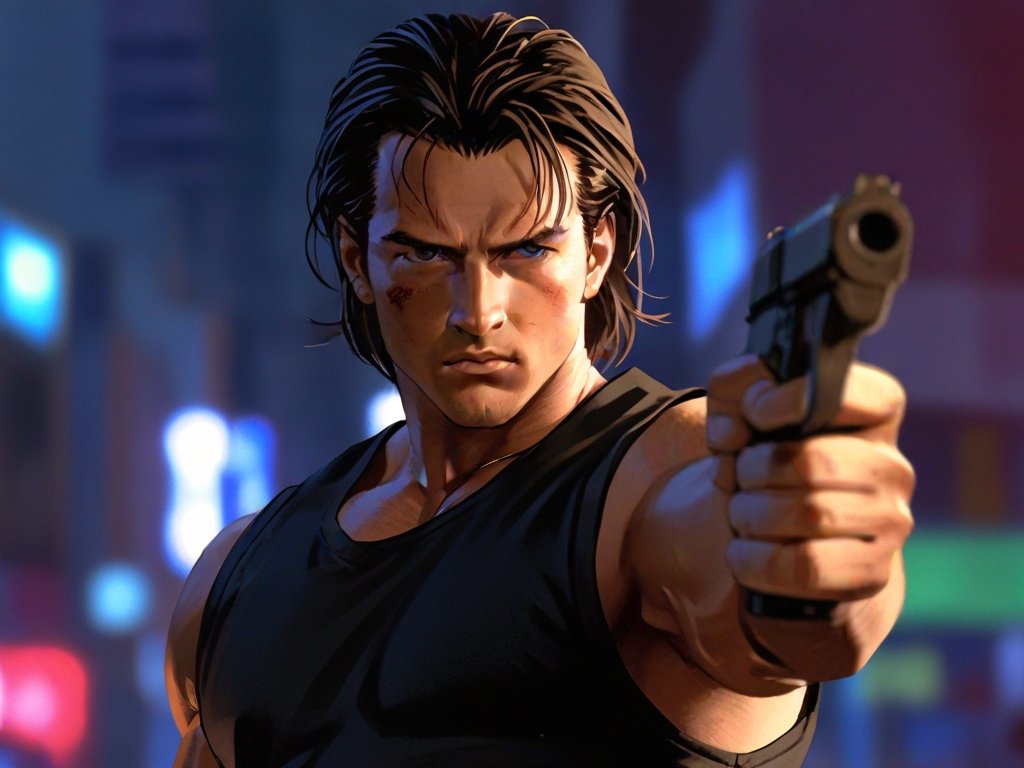
2000’s: The Most Popular Genre is Animated Movies
Traditional Disney animated films were very popular in the 1940s, 1950s, and 1960s. They were relatively expensive and took a long time to produce. As a result, when they were released in theaters, which happened every 3-4 years, they were quite popular. Disney also had little competition in that respect until the 1970s, which explains why animated films were a rarity at the box office during that time. Disney failed to make relevant pictures in the 1970s and 1980s but recovered in the 1990s. Truly, this kind of movie opened up all sorts of avenues with computer animation. Other companies developed in the same way, creating movies that kept viewers entertained and relaxed. The storylines were plotted in a continuous, casual manner, making audiences want to follow them all the time.
⦁ Pixar Highlights: The 2000s marked the birth of Pixar Animation Studios as an industry powerhouse. With films like “Finding Nemo” (2003), “The Incredibles” (2004), and “Toy Story 3” (2010) captivating audiences and critics alike, Pixar’s ability to combine heartfelt storytelling with stunning animation set a new standard for animated filmmaking and solidified its reputation as a leader in its category. Pixar’s animated films are excellent, consistently raking in huge revenue with each new release.
⦁ DreamWorks Animation: Along with Pixar, DreamWorks Animation became a major player in the animation industry of the 2000s, with films like “Shrek” (2001), “Madagascar” (2005), and “Kung Fu Panda” (2008). DreamWorks showcased comedic sensibilities and broad appeal, captivating audiences with humor, intelligence, and memorable characters. The fictional characters were written in a way that was not too perfect, with hilarious jokes at times, placing DreamWorks on the same list of great animated filmmakers as Pixar.
⦁ Expansion of Animation Styles: In the 2000s, animation styles and techniques evolved. Filmmakers pushed the limits of what animated pictures could achieve. Films such as “Avatar” (2009), “Wallace & Gromit: The Curse of the Were-Rabbit” (2005), and “Persepolis” (2007) demonstrated animation’s adaptability as a storytelling medium. These films examined various genres, art techniques, and subjects. Extending or modifying the animation style was risky, but when all elements were ideal, the movies achieved great success.
⦁ International Influence: Animated films from all over the world received attention and acclaim in the 2000s, adding to the genre’s global appeal. Films such as “Spirited Away” (2001) from Japan’s Studio Ghibli and “The Triplets of Belleville” (2003) from France demonstrated the diversity of animation and broadened its global audience. Part of their international success may be due to the confidence of the directors or producers, whose brilliant films could be screened around the world.
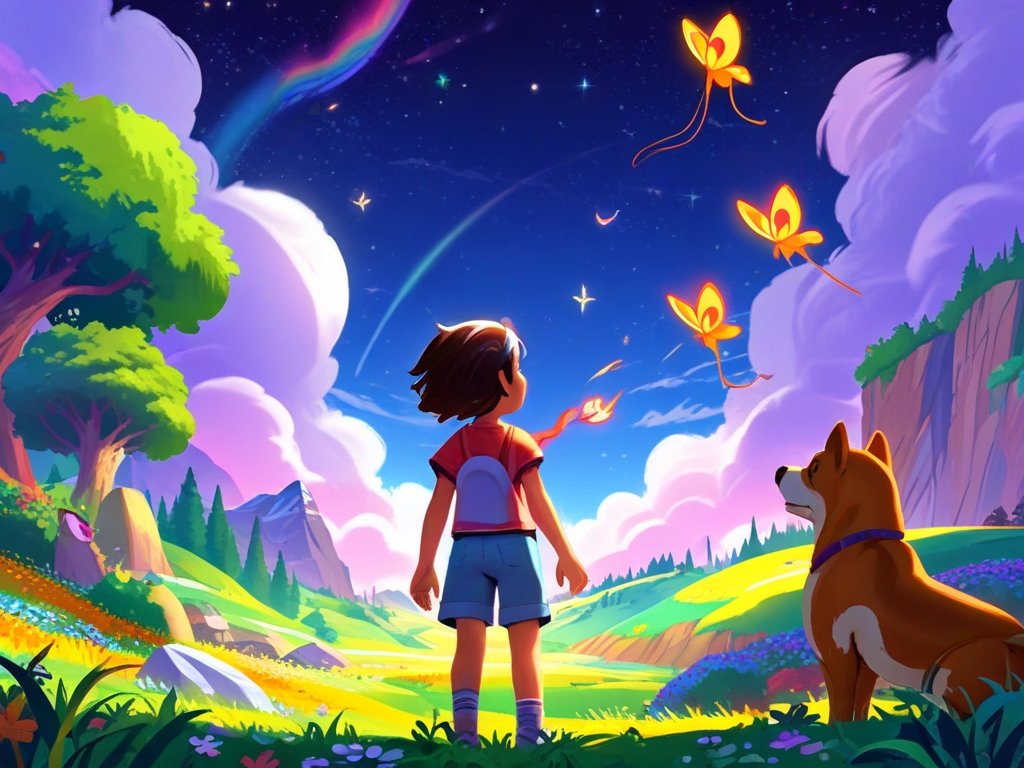
2010’s: The Most Popular Genre is Comic Book / Superhero Movies
It’s no surprise that superhero movies have dominated the box office for the past 20 years, but especially in the last five years (apart from 2020 due to the pandemic), superheroes have been unparalleled at the box office. Even well-known franchises like Harry Potter, Lord of the Rings, and Star Wars can no longer compete in the same space. Today’s fascination with superhero films stems from obvious technological advances in the action genre and science fiction, which have led to the creation of a new type of film.
Sure, there are older examples like Superman or Tim Burton’s Batman, but those examples are no match for the newest breed. Superhero movies are big business. It’s no wonder that Hollywood pours significant resources into creating a fresh breed of hero movies that break away from animation. Traditionally dominated by characters from Marvel or DC, the industry now seeks to innovate by introducing entirely original heroes conceived by visionary filmmakers.
